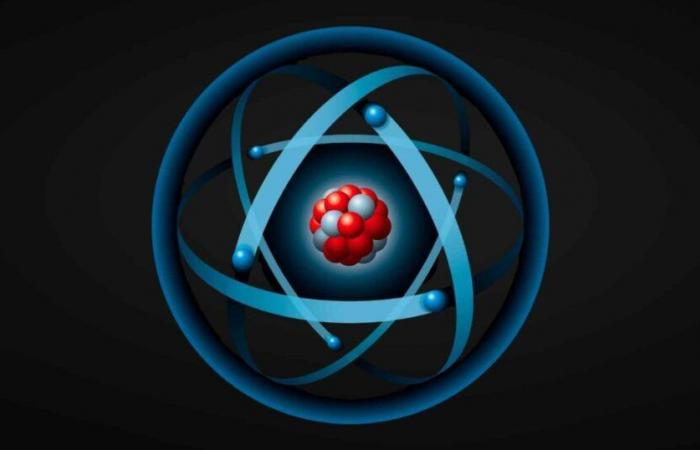Created:
6.05.2025 | 21:29
Updated:
6.05.2025 | 21:30
For decades, the electrons They have been represented as specific particles or probability clouds. Now, a group of physicists has achieved something unpublished: measure the form for the first time that adopts a electron when moving inside a solid material. The finding, led by the researcher Riccardo Comin of the WITH and published in Nature Physicsopen new ways to understand how these particles behave at the level quantum And what implications can your geometry for technologies such as Quantum computing O off low consumption electronic devices.
A form that is not spherical
The experiment has been carried out in a special type of materials known as Kagome metalswhose atomic pattern remembers a grid of intertwined triangles. Through a technique known as Photo emission spectroscopy with angular resolution (Harps), The researchers screened light on a glass to extract electrons And, from his career, rebuild the form of his Wave function.
This “form” should not be understood as something physical in the classical sense. It is rather a mathematical manifestation of how the probability of finding a electron in certain areas of the material. Until now, that aspect was purely theoretical. Therefore, get Measure the electron wave function In a real physical system it is a milestone in the Quantum Physics.
Why do electrons organize how they organize
Beyond scientific curiosity, understand Quantum geometry of the electrons It has direct applications. The shape of these wave functions affects the way electrons They interact with each other, collective states are grouped or form. This is key, for example, in Superconductor materials where electrons they slide without resistance or in those who show quantum magnetic effects unusual.
In the specific case of Kagome metalsits atomic structure can induce electronic alignments that favor exotic properties, such as Topological Superconductivity The phenomena of quantum transport unusual Understanding these patterns is a fundamental step for Design of new functional materials.
A quantum map at the atomic scale
The technique Harpsalthough sophisticated and demanding, offers a detailed “photography” of the Electrons Movement in solid materials. The process implies launching a beam of Photons On a crystal, release electrons and precisely analyze your angle and moment when you leave. Thanks to this, you can deduce how they move inside the solid and what Quantum geometry adopt.
That information is especially valuable in a context where Electronic control at quantum scale It is the basis of emerging technologies. From Quantum computers until ultraprecile sensorsthe possibility of “molding” the Wave function of the electrons Add a new dimension to the Materials Engineering.
A global collaboration
The work is the result of a collaboration between research centers from different countries, including WITH and the Cornell University. Some of the key experiments were carried out during the pandemic, which forced the team to adapt to remote work and reorganize their laboratory tasks. Despite this, the group managed to advance thanks to a close coordination between theory and practice.
This multidisciplinary approach has been crucial to achieve a result that not only validates Theoretical predictions on quantum geometrybut also offers a new tool to explore the condensed matter at ultrapequeñas scales.
Beyond electrons
With this first Measurement of electronic geometry in a solida new stage opens in the study of quantum materials. Researchers now plan to apply similar techniques to other systems, with the aim of understanding how these patterns influence properties such as Electrical conductivityhe magnetism or the quantum interlacing.
Ultimately, this type of investigations could lead to new advanced quantum materials With customary functionalities, from more efficient processors until High Temperature Superconductors.
The electron shapefar from being a simple curiosity, it is emerging as a key tool to design the future quantum technology at the atomic level.
The study is published in Nature Physics.






